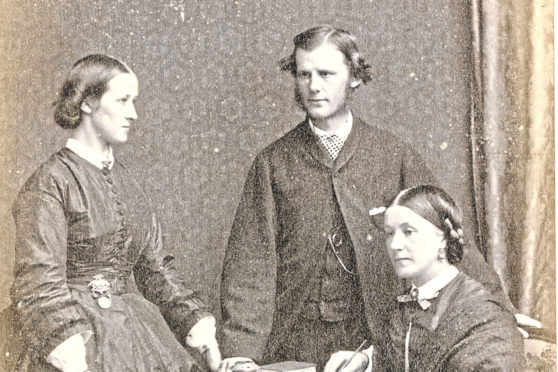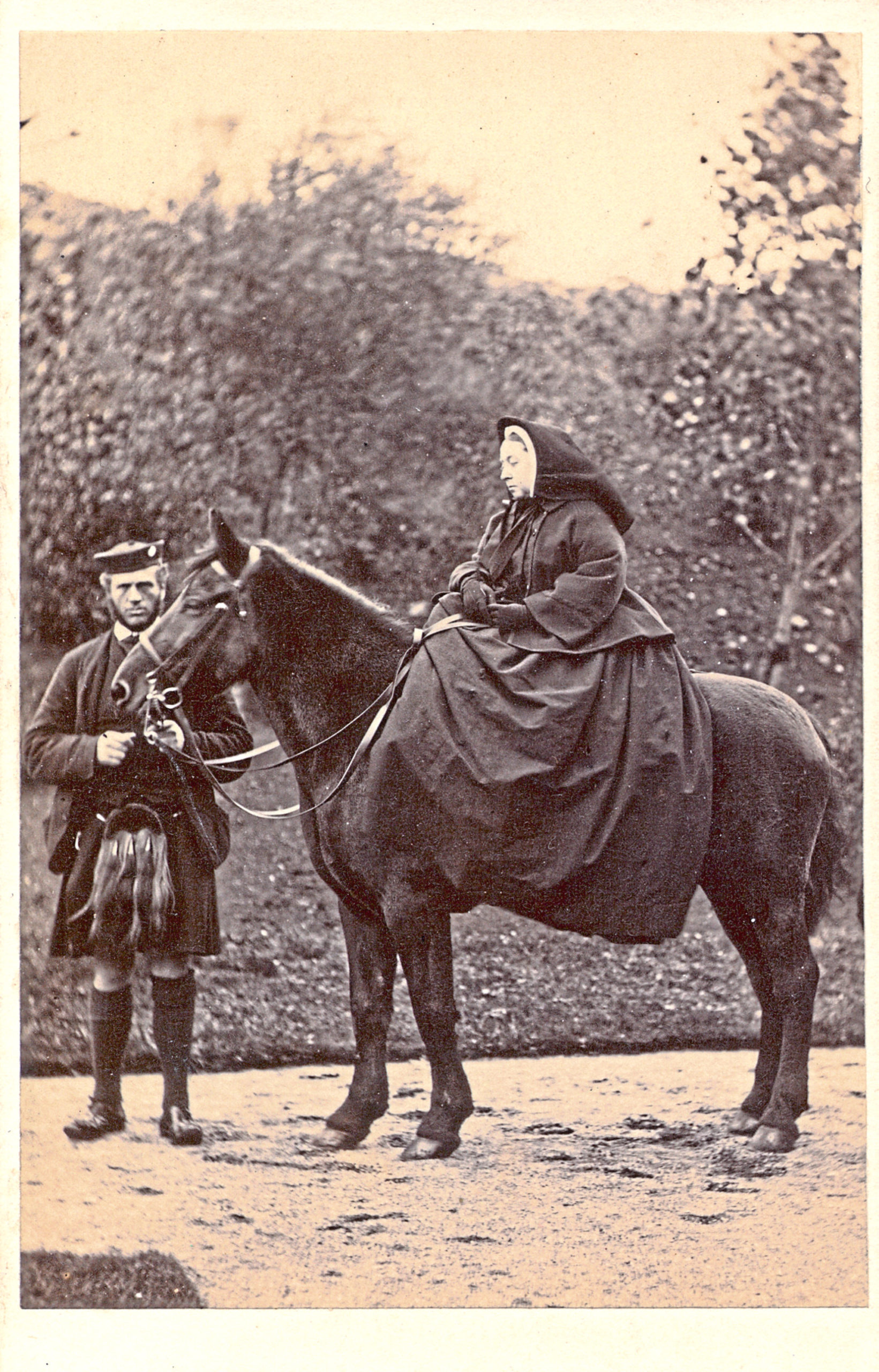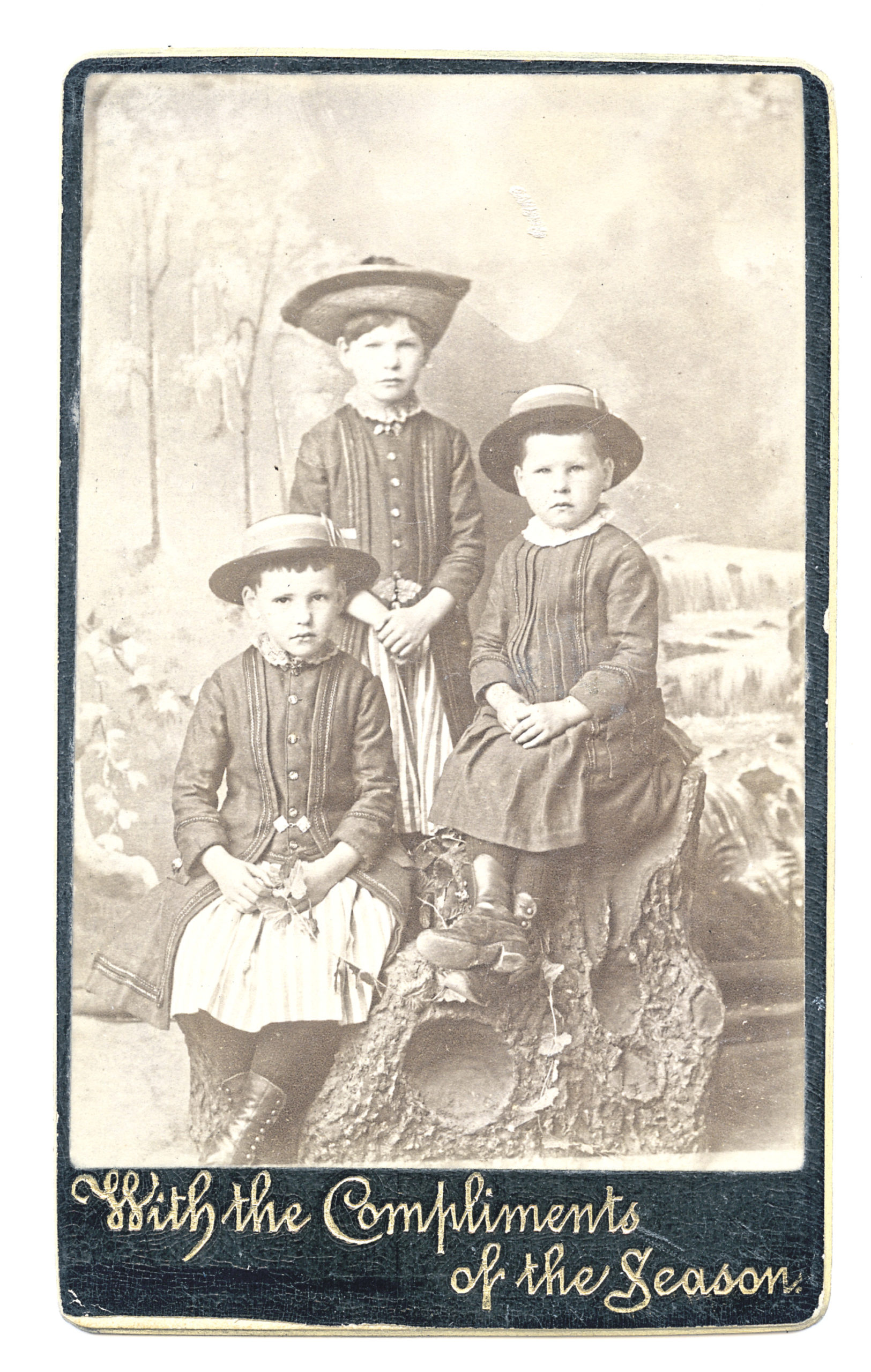We are exploring Victorian photography in our new exhibition, Cartomania, at Aberdeen Maritime Museum. Cartes de visite were small photographs that were pasted onto 10cm by 6cm card mounts.
They were inexpensive, easily produced and became wildly popular in the 1860s.
Millions of cartes de visite were produced every year during the height of their popularity – you may have come across some in your own collections of old family photographs.
They were handed out to family and friends and were put on display in their homes in specially made albums or frames.
Queen Victoria was a big fan of cartes de visite and amassed a large collection that included photographs of heads of state from around the world. Our collection includes a photograph album presented as a gift from Queen Victoria to the mother of John Brown, her beloved servant.
It contains many images of the Royal Family and their staff on the Balmoral Estate, including the Brown family.
Having your photograph taken then was a very different experience to today, when we all whip out our smartphones to take a picture at the drop of a hat. The images were taken in studios by photographers who had backdrops and props at the ready to help people achieve the perfect pose.
Photography was still a relatively new experience for many when the carte de visite came onto the scene. The art of posing didn’t come naturally to everyone, which resulted in some rather stiff-looking portraits, and smiling was not on the cards.
In the words of Mark Twain: “A photograph is a most important document, and there is nothing more damning to go down to posterity than a silly, foolish smile caught and fixed forever.”
One of my favourites from the collection is this Christmas carte of three rather sombre-looking children wishing the recipient “the Compliments of the Season”. I have no doubt their parents were delighted to hand out this sweet – but very serious-looking – Christmas card.
Cartomania – A Victorian Photographic Phenomenon continues at Aberdeen Maritime Museum until Sunday 13 April. Admission free.
Join Jenny for a free lunchtime talk on Cartomania on Wednesday 8 January at 12.45pm. For full details of all our talks to accompany the exhibition go to www.aagm.co.uk


